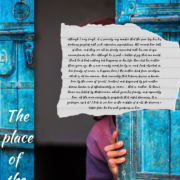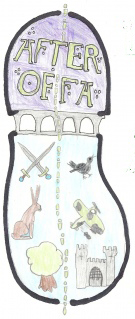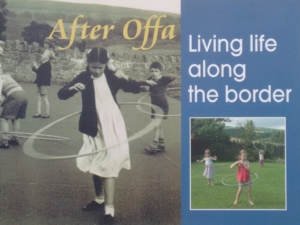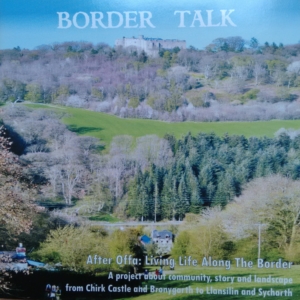The Place of the Sacred Snake
Two stories open in parallel: Millicent in 1930s Kerala, Nadia in 1980s London. Half a century apart, these two very different Western women experience the powerful embrace of rural India. Their stories become interwoven as Nadia, a scriptwriter, unpicks the mystery surrounding mission schoolteacher Millicent and both women face tragedies of their own.
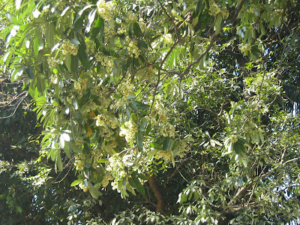
The pungent scent of the Paala Tree blosson pervades the story
After years on the back burner, ‘The Place of the Sacred Snake’ is Helen’s first adult novel and it is now available to read, hot off the virtual press. Revising and refining the story, originally entitled ‘The Paala Tree’, became Helen’s lockdown project when venues closed and face-to-face storytelling became impossible. Earlier this month friends and family gathered by video call to celebrate the launch of the novel in ebook form (available here) with a print edition soon to come.
Helen says the launch of the book has given her a huge boost. Production and design was managed by her brother Roger, with sister Isabel helping with the task of editing. This family collaboration – working virtually from three different countries – added an extra dimension to the project. The story itself draws heavily on Helen and Rick’s time in Kerala,living and working with storytellers and Kathakali performers. The sights, sounds and smells which they experienced are powerfully evoked and while the storyline is fictional, one of the key characters – the child Jeyasri – was inspired by a child who Helen herself came to know and love. As you might expect, stories from Keralan myth are woven into the narrative and there are tales from Russian folklore too.
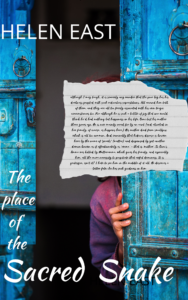
If you are looking for an absorbing read to escape the chill of a northern winter, this could be the book for you!
Feb 2022 update: ‘The Place of the Sacred Snake’ is now available to buy in hard copy for £11.95. You can contact Helen in person or via this website to request a copy, or find it in these local retailers:
Willow Gallery, 56 Willow St, Oswestry, SY11 1AD https://willowgalleryoswestry.org/
Rowanthorn, 4, Old Chapel Court, English Walls, Oswestry SY11 2PD https://www.rowanthorn.co.uk/
The ebook version is still available via Amazon (see link in text)

